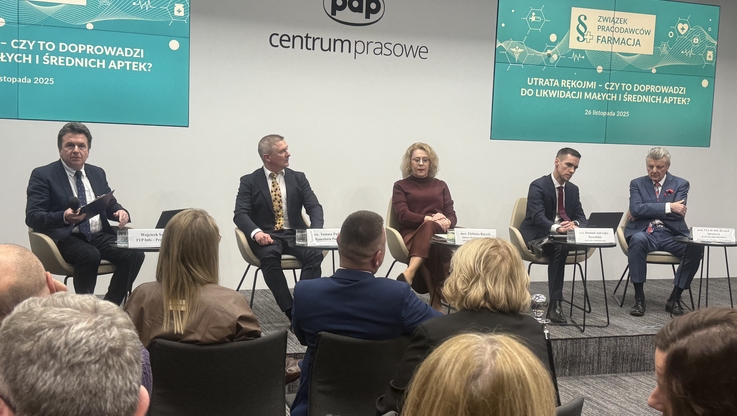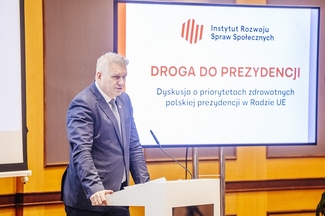Pobierz materiał i Publikuj za darmo
#EuRegionalBarometer is a cyclical survey commissioned by the European Commission to explore what local and regional authorities in all Member States think about the ongoing activities of the EU institutions. The latest survey, which involved more than 1 million local and regional government officials, has revealed a growing frustration due to the lack of viable tools to influence EU policies.
46% of the surveyed consider it “very important” to increase the influence of regions and local authorities on the EU policy-making. 41% are of the opinion that local governments do not participate sufficiently in activities shaping the future of the Community.
The strategy of recovery from the crisis caused by the pandemic has a major impact on the negative assessment of the current form of EU’s functioning by a large proportion of the local community representatives.
The coronavirus has severely stricken the finances of European local governments – a gap of €180 billion has been created in their budgets, additionally exacerbating the previously existing social and economic inequalities between regions within individual countries and the entire Community.
The Barometer authors are reproaching that, while creating plans to revive Member States' economies, no consultations were held with local governments regarding the matter of distributing EU funds. As pointed out by experts, due to the centralised system for the redistribution of funds, the money will likely not go where the cities and regions think it is most needed.
“ Europe is too often associated with its 27 Member States, but it is actually made up of 300 regions, 90 000 communes and over 1 million democratically elected local and regional politicians representing more than 400 million inhabitants,” said Apostolos Tzitzikostas, President of the European Committee of the Regions.
Wiktor Szydarowski, Director of ESPON, agreed with this opinion. The Polish scientist pointed out that the study conducted as part of the research project he leads, which describes the diversity of the European regions and their different needs, touches upon the essence of European integration.
“Public support for the European project does not result from any geopolitical calculations made by the Community citizens. The attitude which every European adopts towards the EU is determined, above all, by his or her daily experience and observations. When we see a new local road, a wind farm or additional beds in a hospital, established through EU funds, we get the gist of the Union’s existence. And this is what unites all Europeans ‒ from large metropolises to the smallest villages,” claimed Wiktor Szydarowski.
The Director of ESPON warned that further disregard for the voices of local communities – both by the EU institutions and by governments of individual countries – may lead to a serious decrease in voters’ trust in each of these entities. What is more, it is simply unreasonable to ignore the opinions of local authorities when devising major political and economic strategies, as it is local government officials who are in constant contact with their “little homelands”. They know their specific features and are often good at determining their basic needs.
“Local and regional authorities continue to bear the burden of providing high-quality public and healthcare services to their citizens, even though proceeds to their budgets have sharply declined. Disregarding the territorial dimension of the health crisis, especially in the face of the next wave of the pandemic, puts people’s lives at risk. The best thing the EU and national governments can do to accelerate the recovery process is to ensure that their efforts take full account of regional and local specificities,” remarked the Eurobarometer authors.
Source: PAP MediaRoom
Pobierz materiał i Publikuj za darmo
bezpośredni link do materiału
| Data publikacji | 02.11.2021, 10:15 |
| Źródło informacji | PAP MediaRoom |
| Zastrzeżenie | Za materiał opublikowany w serwisie PAP MediaRoom odpowiedzialność ponosi – z zastrzeżeniem postanowień art. 42 ust. 2 ustawy prawo prasowe – jego nadawca, wskazany każdorazowo jako „źródło informacji”. Informacje podpisane źródłem „PAP MediaRoom” są opracowywane przez dziennikarzy PAP we współpracy z firmami lub instytucjami – w ramach umów na obsługę medialną. Wszystkie materiały opublikowane w serwisie PAP MediaRoom mogą być bezpłatnie wykorzystywane przez media. |





